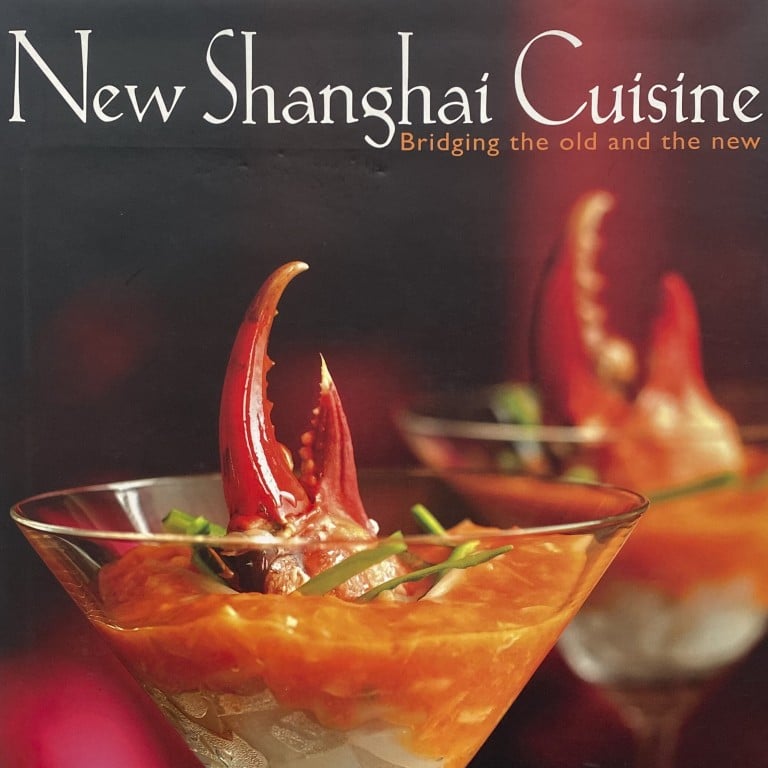
How Hong Kong-born chef Jereme Leung reinterprets traditional Shanghai cuisine
- In the cookbook New Shanghai Cuisine, chef Jereme Leung reimagines Shanghai classics like drunken chicken
- By introducing ingredients from around the world he hopes to ‘refine the look and presentation’ of dishes
When Jereme Leung moved to Shanghai more than 16 years ago, as chef-owner of the now-closed Whampoa Club at the Three on the Bund complex, he looked at the city’s cuisine with a fresh eye. Born in Hong Kong but best known in Singapore, the chef was eager to taste what his new city had to offer.
In the introduction to New Shanghai Cuisine (2005) Leung writes, “Over the few years that I have made Shanghai my home, I have been very fortunate. I have gotten to know people from all walks of life, ranging from the average man on the street to the stars and celebrities of Shanghai’s elite. And no matter what their backgrounds are, the Shanghainese, as well as the people who choose to live and work in Shanghai, continue to impress me with their readiness for adventure and openness to trying out new things.
“In many ways, tasting the food of Shanghai has been just as eye-opening and mind-boggling for me, a person living in China for the very first time […]
“The cuisine of Shanghai is considered relatively young when compared to the eight major regional cuisines of China, traditionally identified as the food of Sichuan, Beijing, Shandong, Fujian, Jiangsu (Huaiyang), Anhui, Hunan, and Guangzhou (Canton). Shanghainese cuisine takes inspiration from many older sources and culinary traditions. Even then, much of Shanghai’s glorious food traditions were lost when political instability hit in the 1930s.

“I took it upon myself to unearth these lost recipes by scouring through old manuscripts and publications now incomplete due to wear-and-tear. The point was not only to find out how classic dishes like drunken hairy crab, drunken chicken and lion’s head were prepared, but to understand why certain ingredients were used, uncover the origins of these ingredients and discover how they may have been used in various other regional cuisines.
“The intention wasn’t simply to master these old dishes. I believe that a chef needs to understand the fundamentals of a dish and the different uses of its components before reinterpreting it. What I have done, in this instance, is to refine the look and presentation of traditional Shanghainese dishes and introduce ingredients from all over the globe into the mix.”
Leung’s reinterpretations include chilled drunken chicken with shaved Shaoxing wine ice, sugar-cured glutinous red dates with cinnamon apple and seared goose liver, osmanthus candied lotus root filled with slow-cooked glutinous grains, Shanghai fried eel strips with bean sprouts and freshly grated ginger, lion’s head hairy crab and meat dumplings in broth, hot and sour soup, and a mini version of eight-treasures rice.

